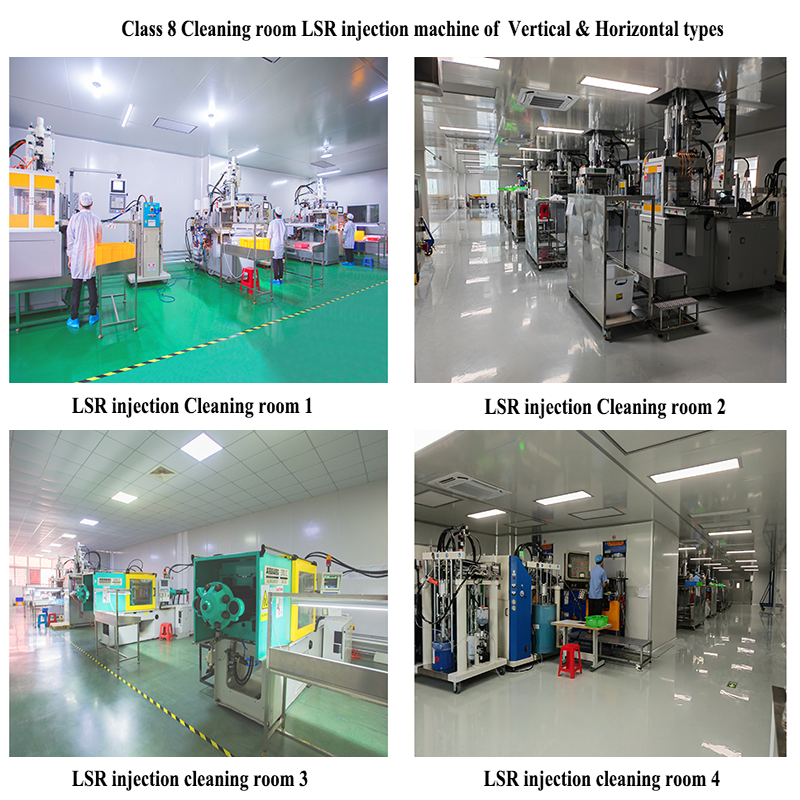Overview
The silicone rubber laser keyboard, also known as silicone laser keypad, rubber laser buttons, or silicone laser switches, features a surface coated with vibrant ink using spraying or screen printing techniques. The legends or backgrounds of the keys are created through laser cutting, which allows for LED backlighting. These keyboards are customizable, using translucent silicone rubber in various colors.
Details
– Origin:Xiamen, China![]()
-Brand:OEM
– Keypad Material:Silicone
– Key Features:Durability, Chemical Resistance, Weather Resistance, Temperature Tolerance
– Applications:Home Appliances, Industrial Equipment
– Custom Orders:Accepted
– Color Options:Multicolor Printing
– Materials:Silicone, PVC, PET, PC, Metal, Adhesive-Backed Materials
– Environmental Considerations:Eco-friendly inks and materials
– Size:Customizable
– Logo:Custom Branding Available
– Accepted Artwork Formats:AI, PDF, CDR
Advantages of Our Product
- Durability: Silicone rubber keypads are highly resilient, offering long-lasting performance even in harsh conditions. They withstand repeated use without degradation.
- Flexibility: The material’s inherent flexibility allows for the design of keypads that are comfortable to use and adaptable to various shapes and sizes.
- Temperature Resistance: Silicone rubber maintains its properties across a wide temperature range, from -40°C to 250°C, making it suitable for extreme environments.
- Chemical Resistance: Resistant to oils, solvents, and other chemicals, silicone rubber keypads are ideal for applications in industries where exposure to harsh substances is common.
- Tactile Feedback: Provides excellent tactile feedback with a soft and responsive touch, enhancing user experience and ease of operation.
- Waterproof and Washable: The keypads are inherently waterproof, which makes them easy to clean and ideal for applications requiring frequent sanitation.
![]()
Surface Treatments for Keypad:
- Silk Screen Printing: This method applies a durable ink layer to the surface, ideal for creating high-contrast legends and intricate designs.
- Laser Etching: Utilizes a laser to engrave designs onto the keypad, offering precision and permanence for long-lasting markings.
- Epoxy Coating: Provides a clear, protective layer over the keypad’s surface, enhancing durability and resistance to wear and tear.
- PU Coating: A polyurethane coating that offers protection against scratches and abrasion while maintaining a smooth finish.
- UV Coating: Cures under ultraviolet light to create a robust, protective layer that resists fading and enhances durability.
- Matte Finish: Applies a non-glossy surface treatment to reduce glare and provide a soft, textured feel.
- Glossy Finish: Creates a high-shine, reflective surface that enhances the visual appeal and makes the keypad easy to clean.
- Textured Coating: Adds a tactile texture to the keypad, improving grip and usability, especially in high-touch areas.
- Color Coating: Involves applying various colored coatings to achieve vibrant hues and custom color matching.
The Production Process of Conductive Keypad:
Design: Create a detailed design considering form, key layout, and structure.
Material Preparation: Gather conductive materials like silicone rubber, carbon powder, metals, and backing material.
Conductive Layer Formation: Develop the conductive layer using silicone rubber mixed with carbon powder or metal mesh.
Printing: Use advanced printing methods to apply key patterns and symbols onto the conductive layer accurately.
Assembly: Integrate the conductive layer with the backing material, ensuring precise alignment.
Curing: Subject the keypad to controlled curing to enhance adhesion.
Quality Testing: Thoroughly test sensitivity, electrical conductivity, and aesthetics.
Packaging: Securely package the keypads to protect against damage during transportation.

